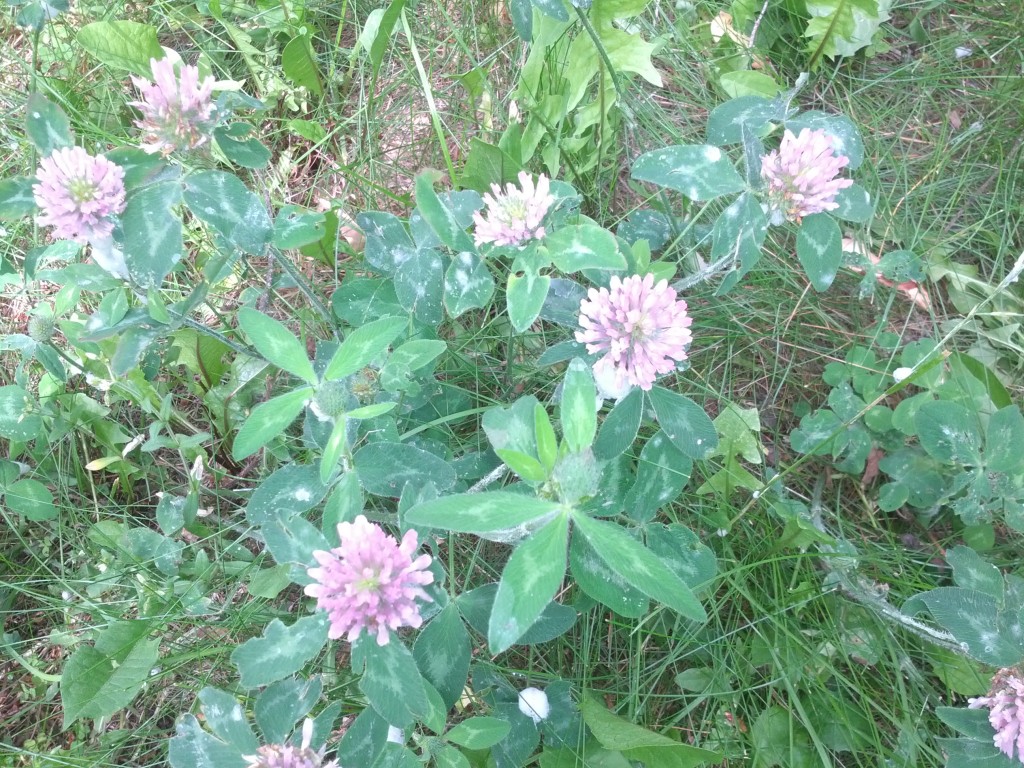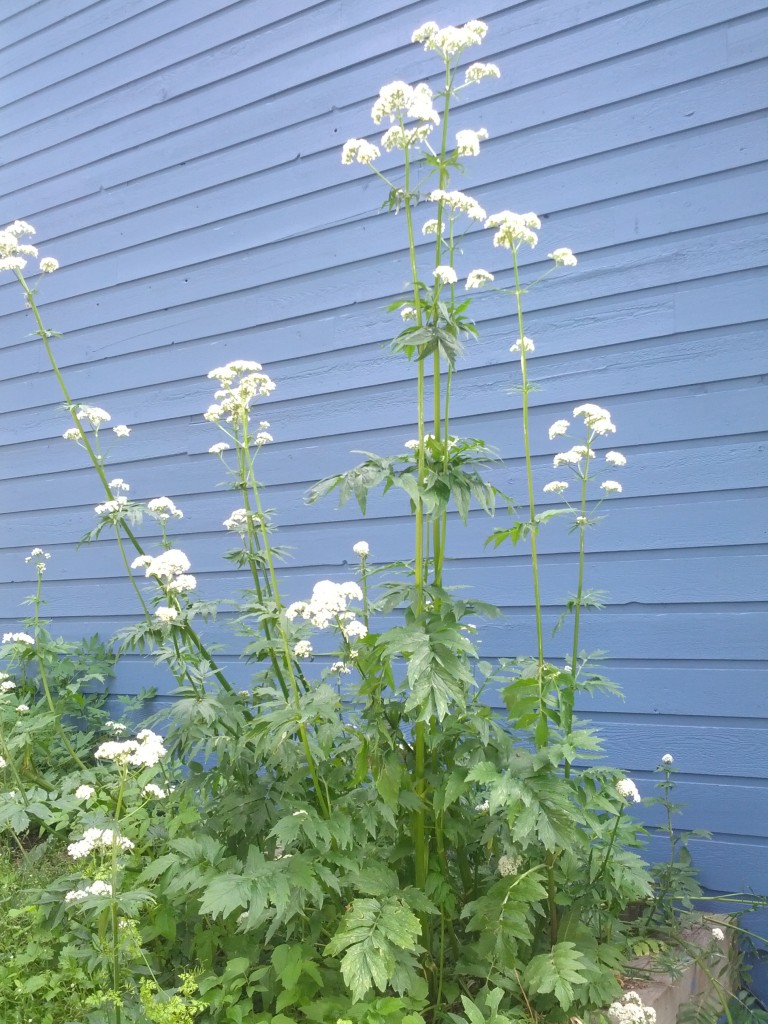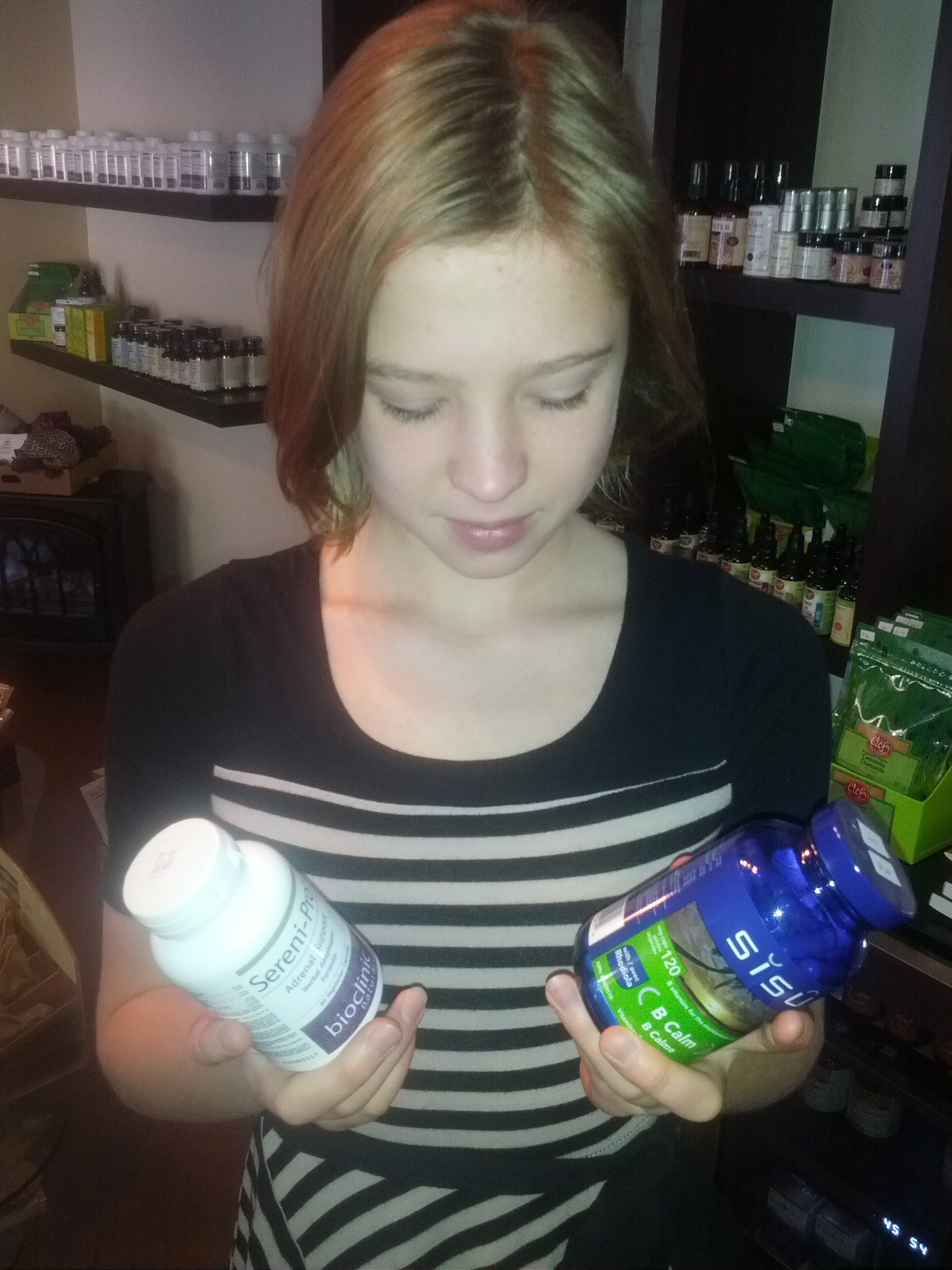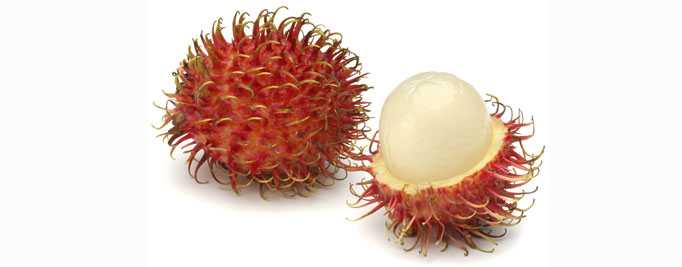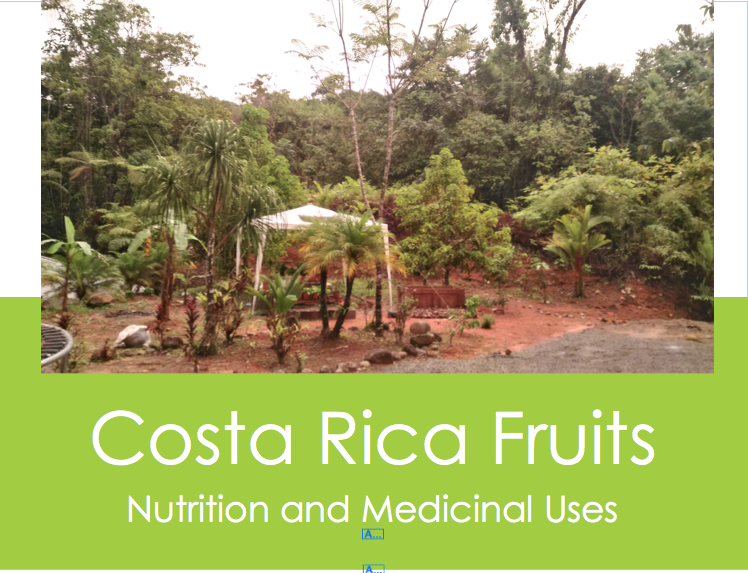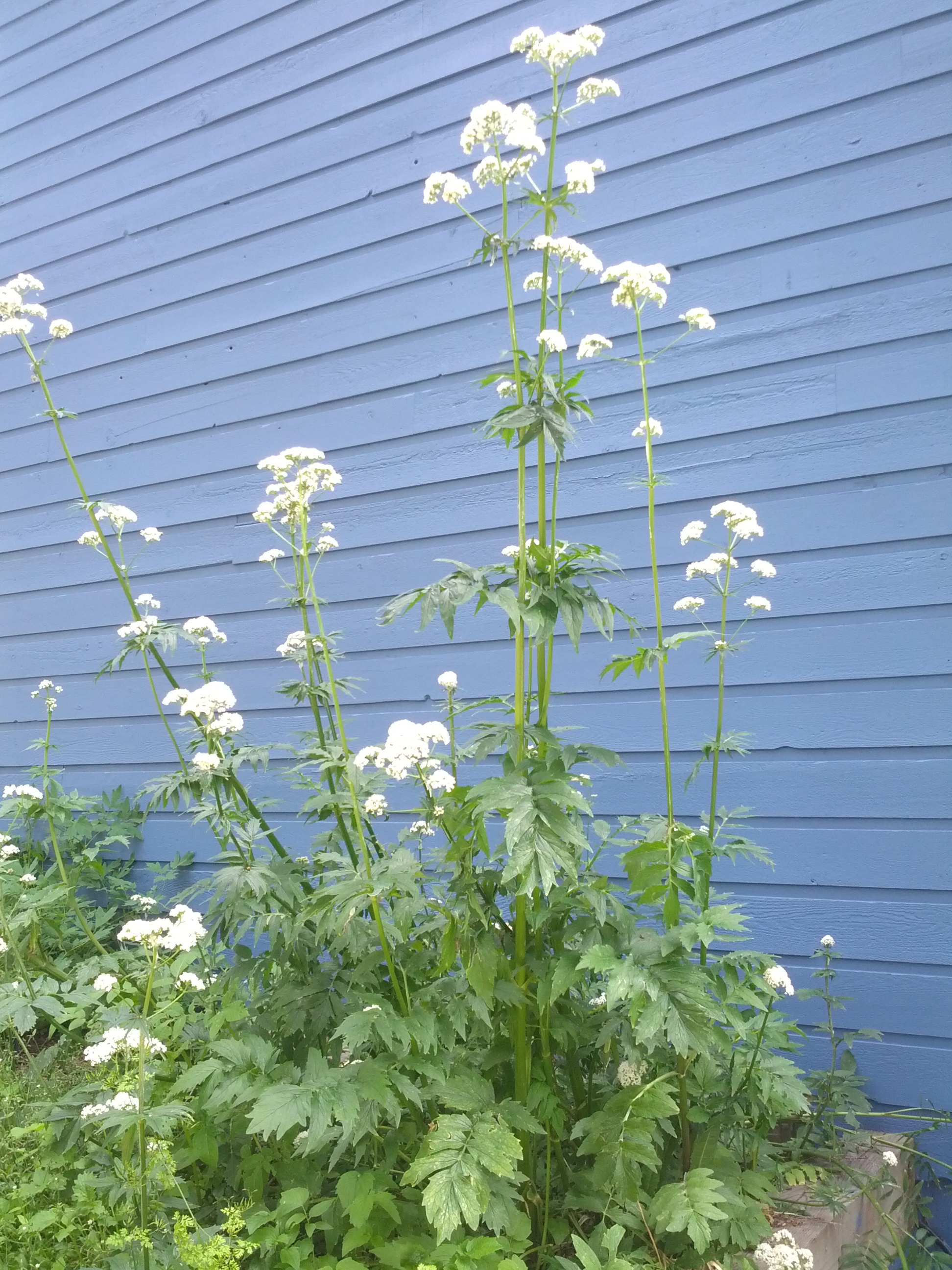
3 Herbs to start Wildcrafting
Tis the season for wildcrafting. If this is a term you are unfamiliar with, ‘wildcrafting’ means to find medicinal and culinary herbs and plants in their natural habitat and harvest them in a sustainable (read: not picking every last flower or enraging the Lorax) way. I am lucky enough to live in the Central Okanagan in an area where two ecosystems brush up against each other; one being desert like, and the other a wet rich cedar forest. Between these two areas there are many medicinal plants to be found, most of which people think of as weeds.
While it can be dangerous to simply start picking and eating plants that you find in the woods if you don’t know what you are doing, some are super easy to identify and use for infusions, ointments and tinctures.
- Red Clover
Red clover is a nutritive herb, meaning that its’ high composition of vitamins and minerals can help prevent nutritional deficiencies. I have read before that during World War I when there were food rations in many countries, women in Europe and North America would grind up red clover and add it to their bread to increase the food value. I have actually tried this. It’s pretty weird.
Red clover has estrogenic effects and can be used to help women balance menstrual cycles. It is a blood cleanser and is therefore included in many tea blends like FlorEssence. I don’t want to start a fight by making health claims about this product, but if you are interested in researching red clover and FlorEssence for natural cancer treatment, there is a lot of anecdotal evidence to support its use.
- Mullein
With its’ soft fuzzy leaves, mullein has earned a reputation among campers everywhere as nature’s toilet paper. If you decide to take a few clean plants out of the forest with you though they will probably come in handy. An infusion (tea) made with the flowers and leaves can ease respiratory complaints like coughing and asthma and soothe inflamed tissues throughout the body. A poultice made with the leaves is supposed to help heal everything from bruises to tumors and hemorrhoids. Apparently you can also dip the long clusters of flowers into tallow (mullein can reach about 8’ high) and use it as a torch for hunting witches. This is from Roman folklore. Haven’t tried this, or been chased with one yet myself.
- Yarrow
The Latin name for this plant Achillea millefollium stems from mythology. The centaur Chiron gave it to Achilles to staunch bleeding on the battlefield. Today herbalists use it for wounds but also for nosebleeds and excessive menstrual bleeding as well as more pedantic issues likes coughs and colds. Yarrow blossom tea makes you sweat, which helps you get rid of viruses and infections more quickly.
In truth, all three of these herbs have many other benefits and uses, but hopefully this gives you some incentive to go out into the forest and experiment a bit, – taking your health into your hands one flower (or leaf) at a time.
Be Amazing!
Alexis
